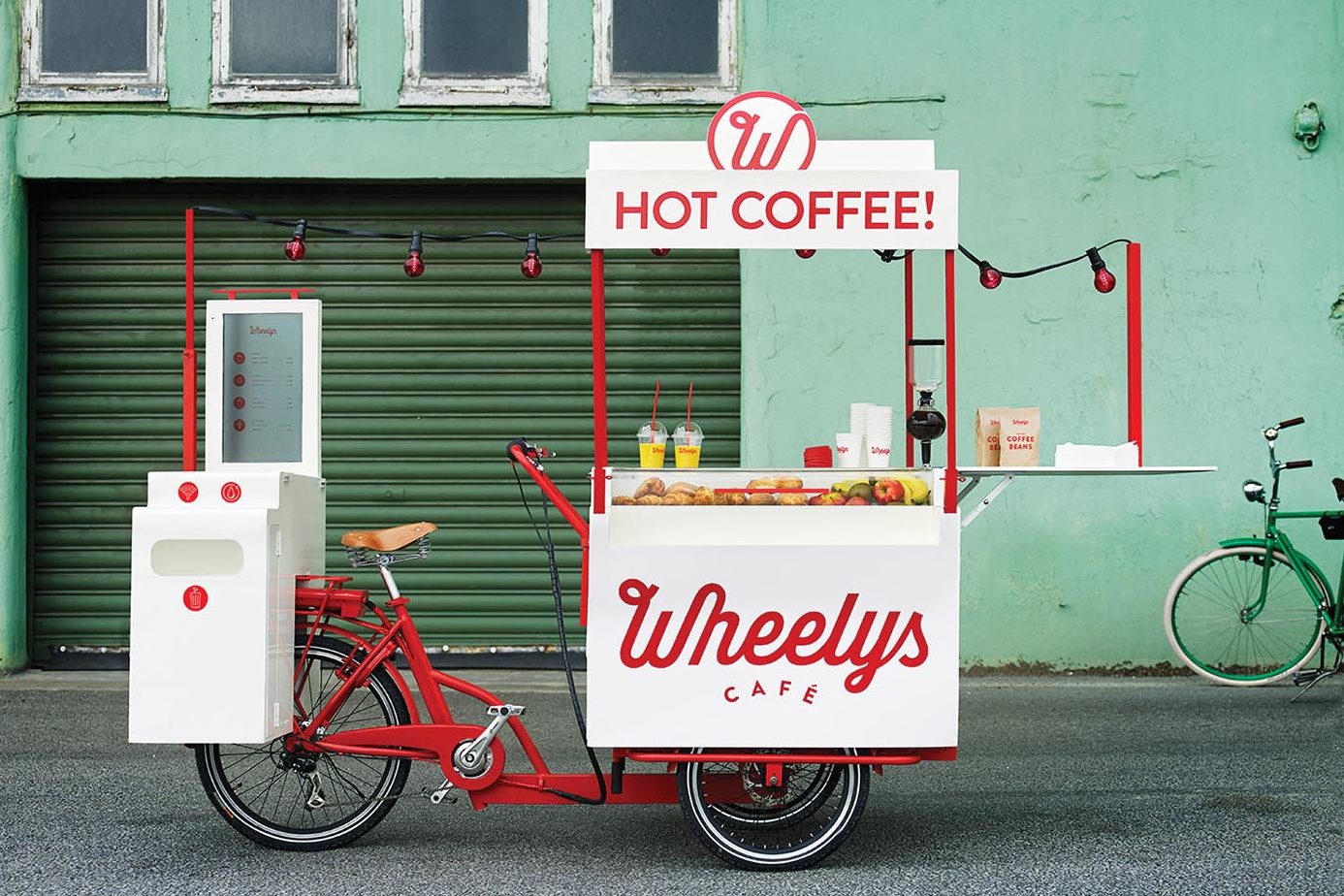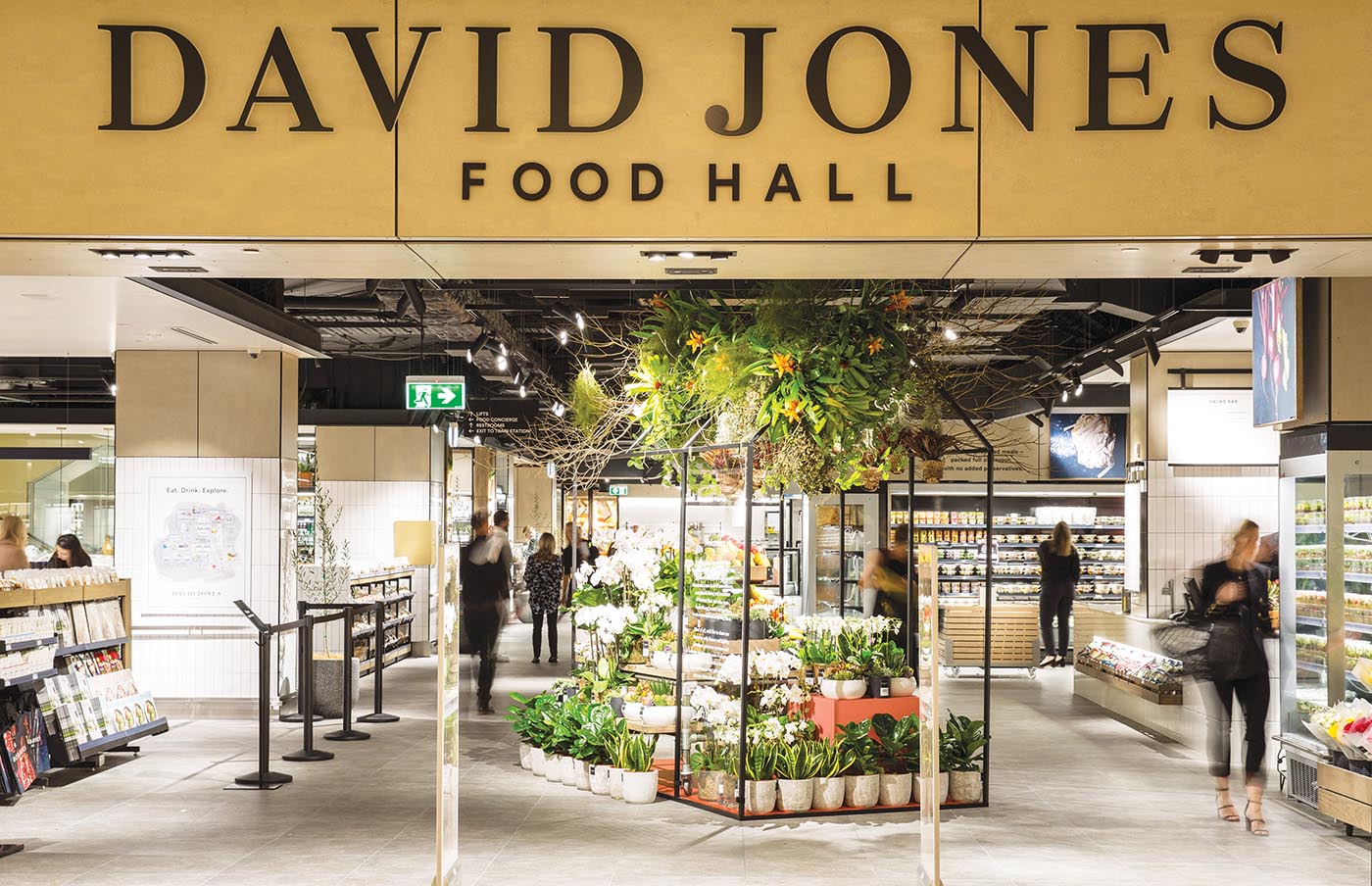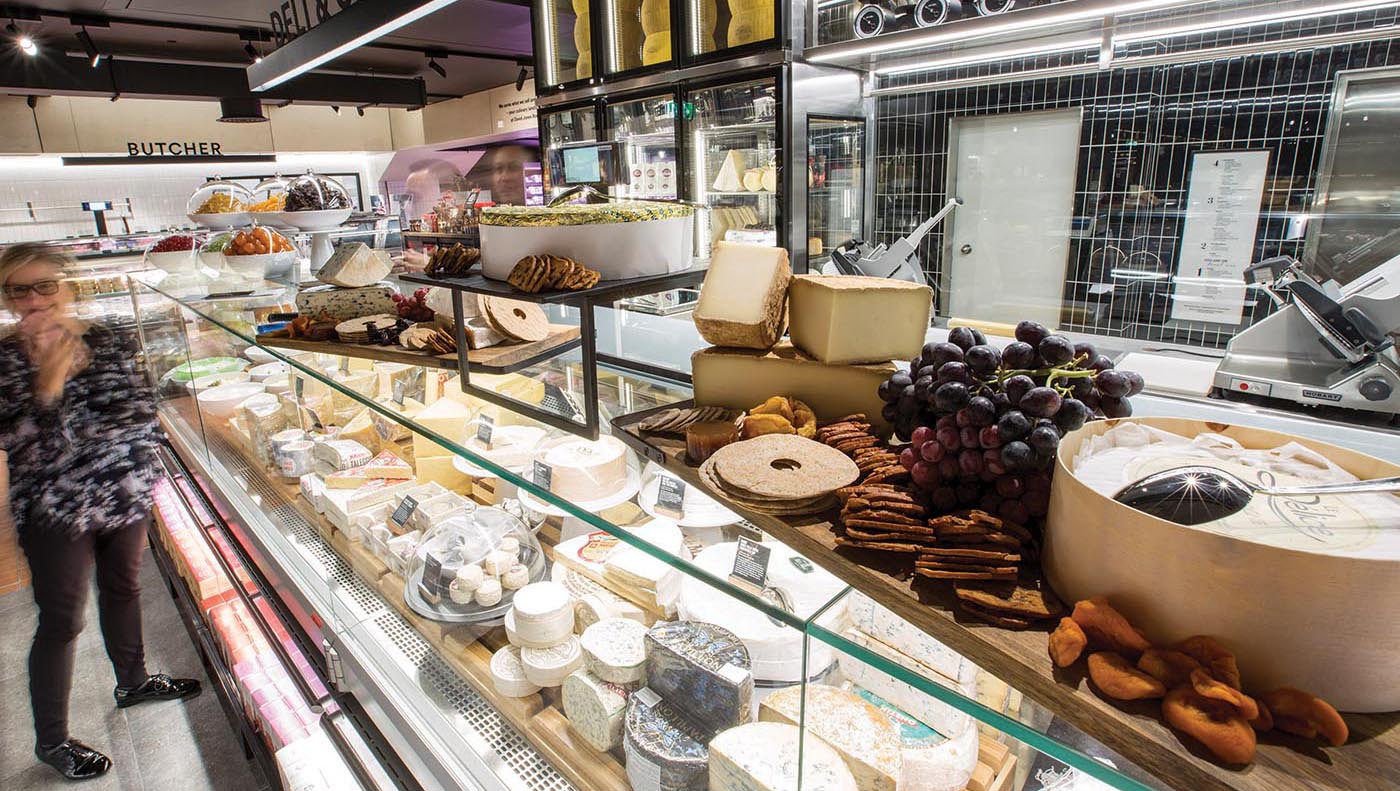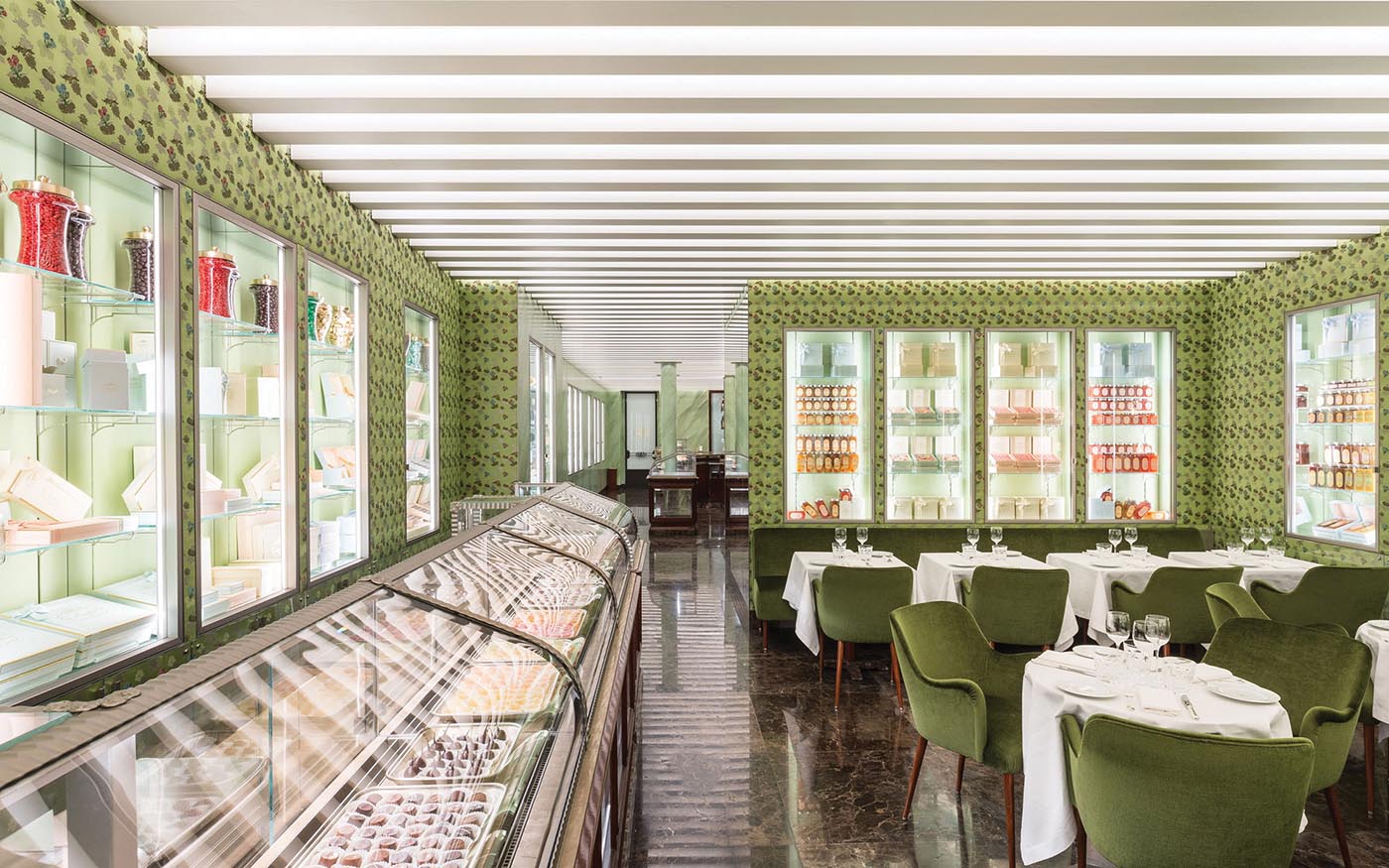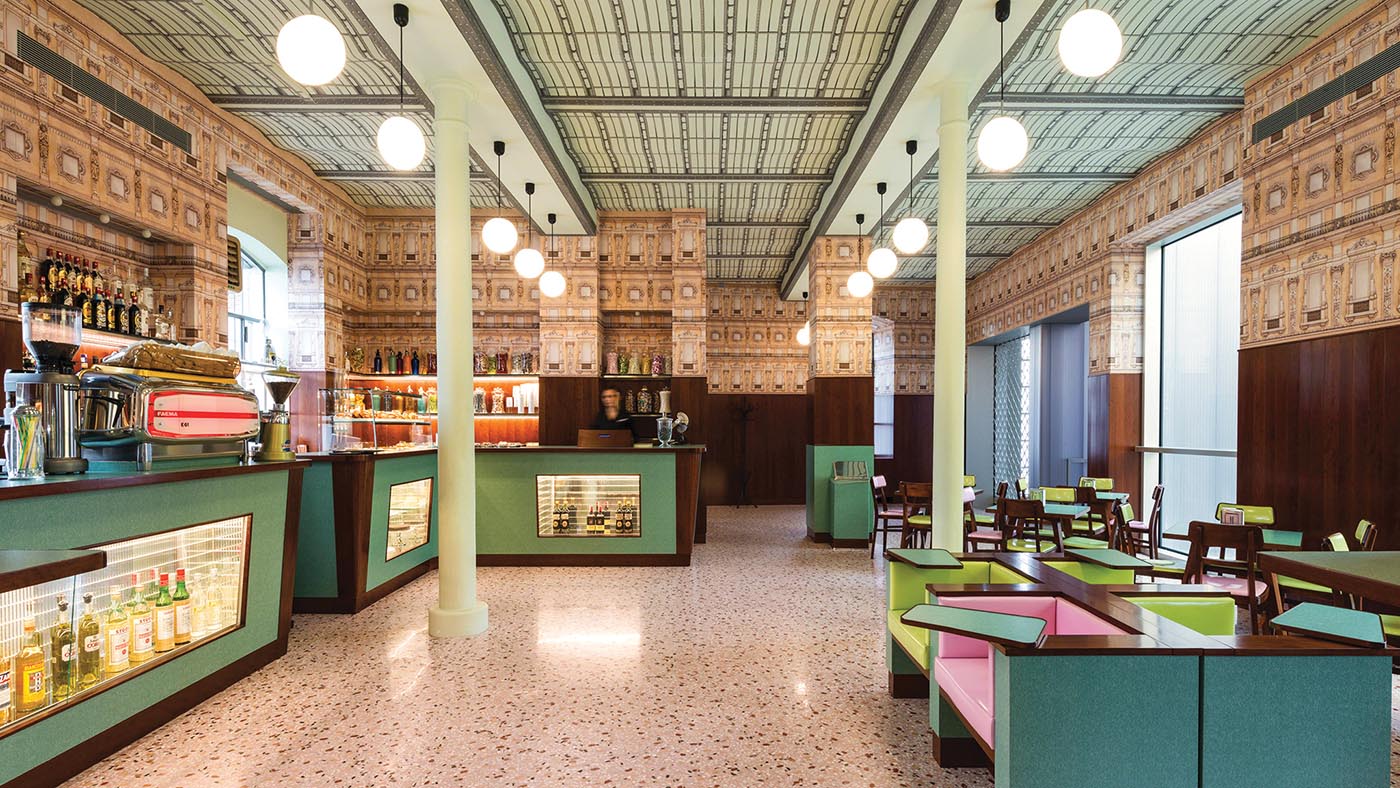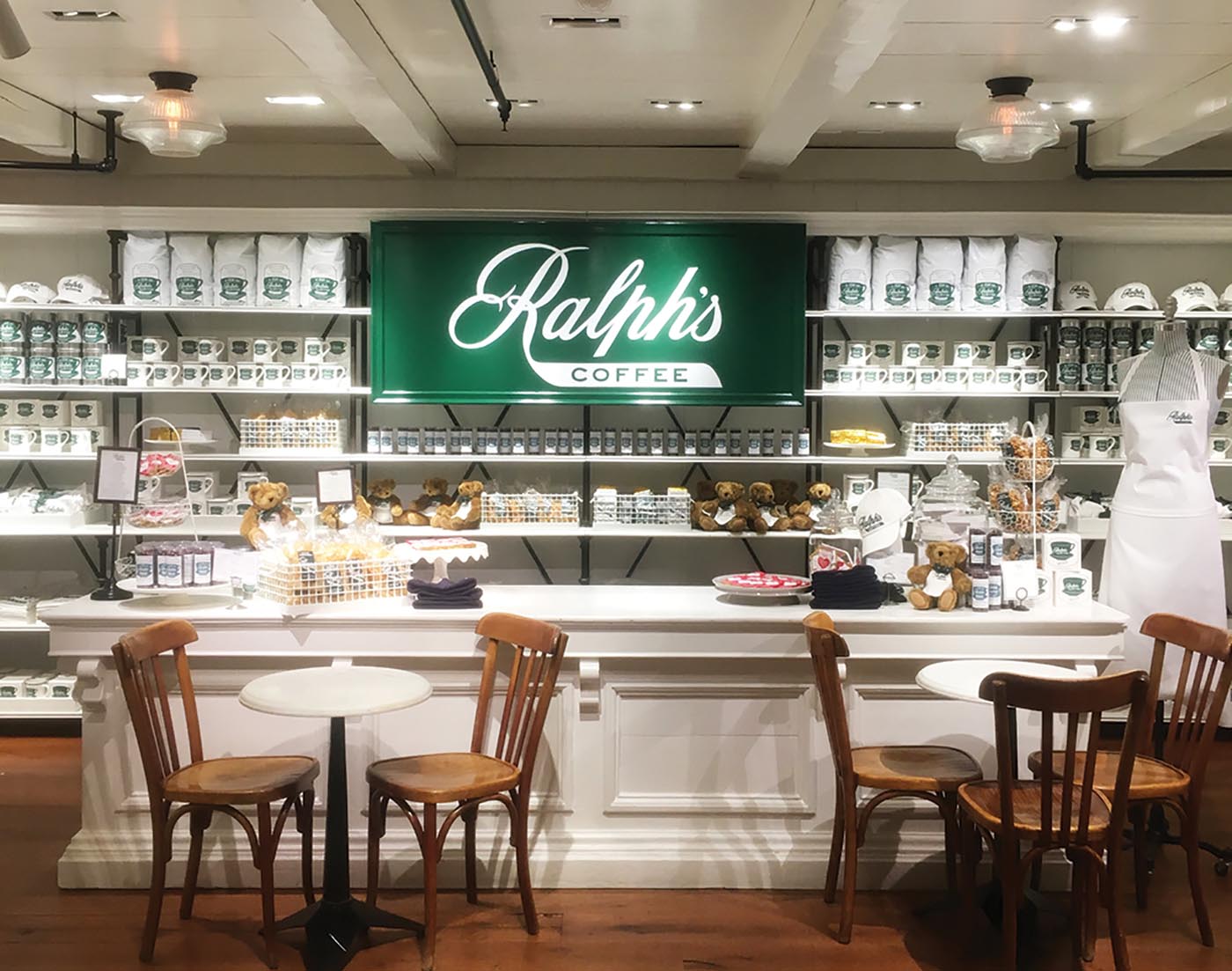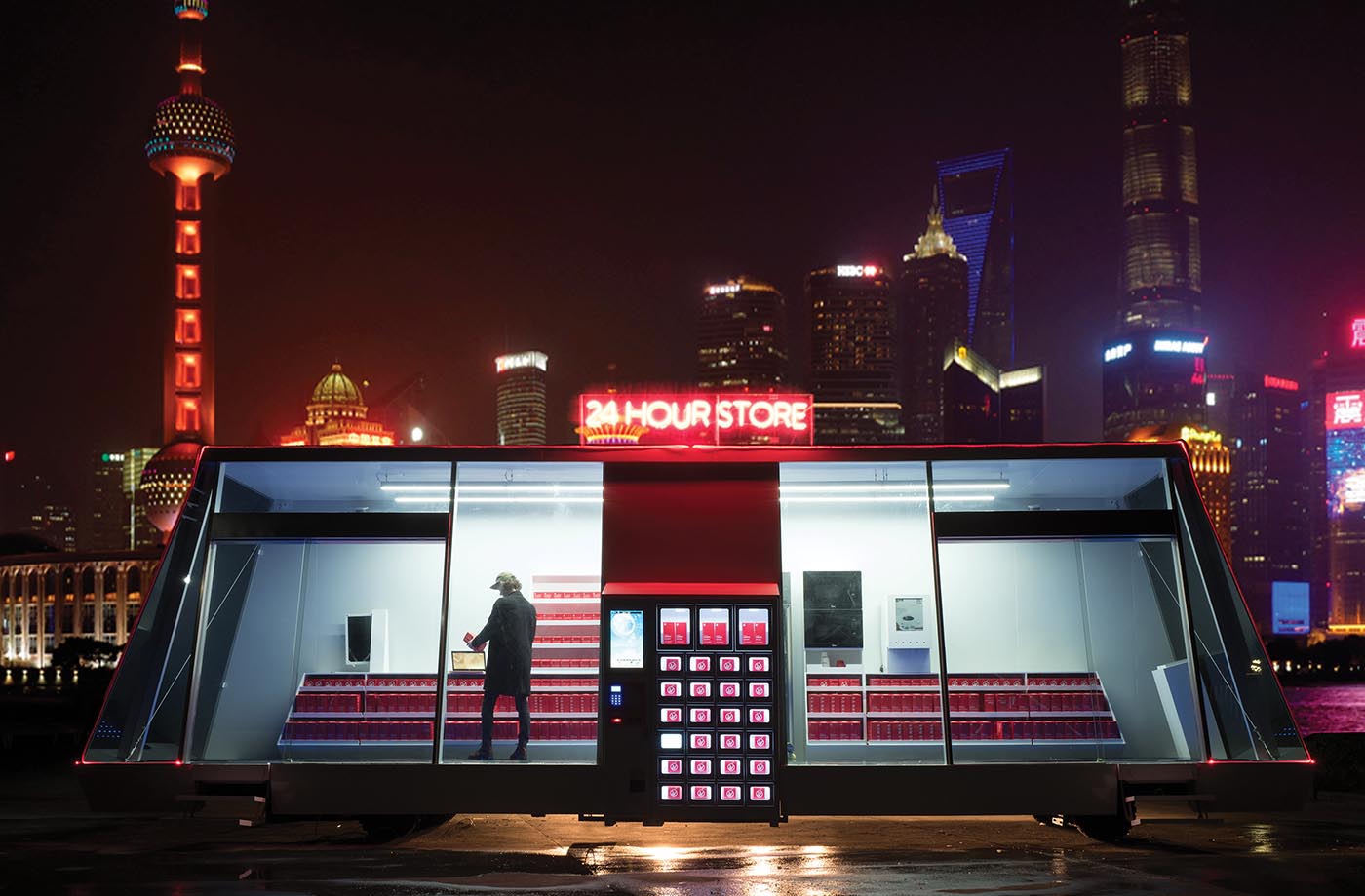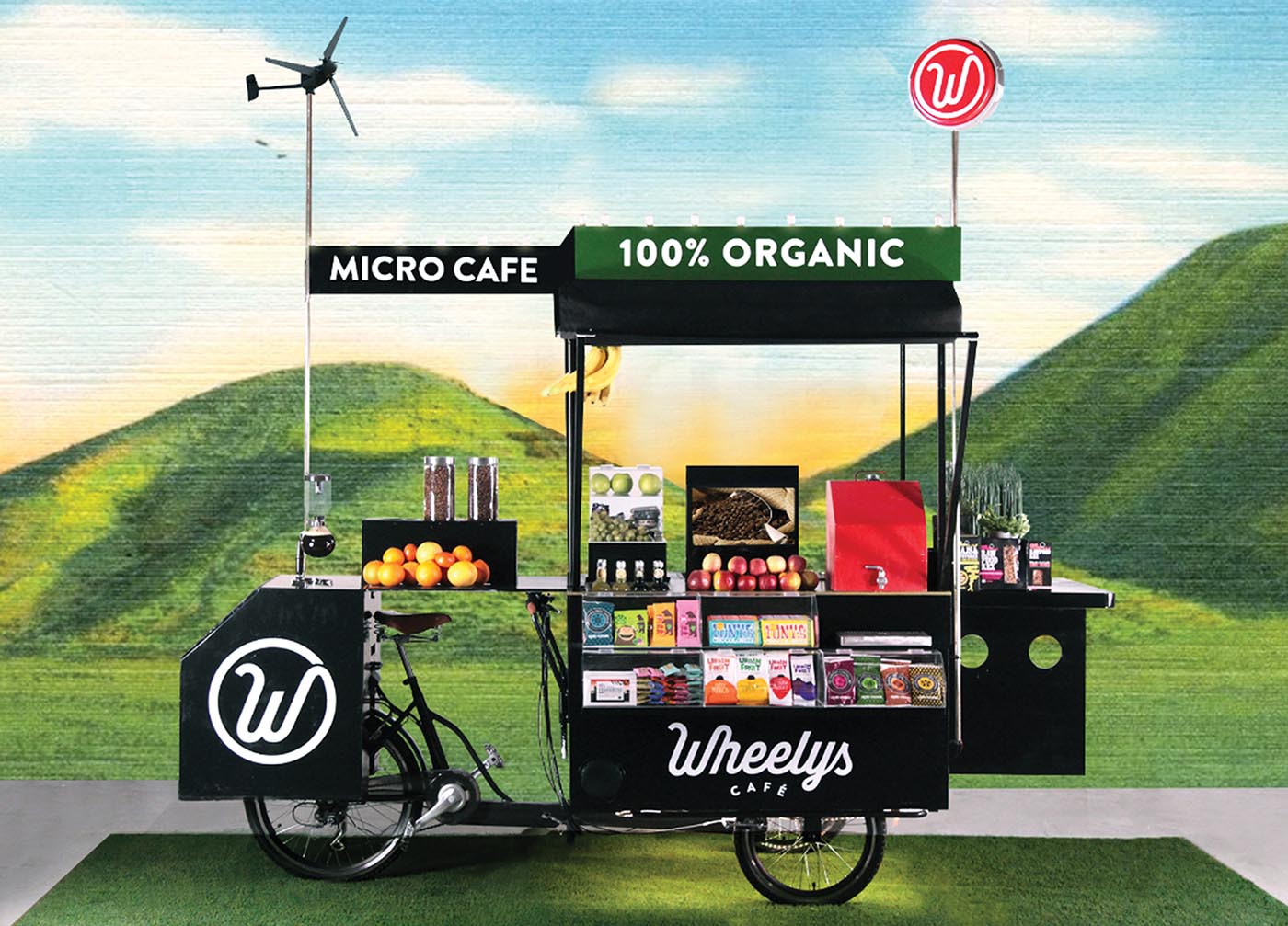It’s all about the future: gourmet food in a food hall where the line is blurred between purchasing food for home preparation or eating it here; high-end fashion chains going into the food business; and mobile, driverless supermarkets!
As the old saying goes, ‘everything old is new again’… or perhaps ‘back to the future’.
Back in 2003, I had the good fortune to work on the David Jones Food Chain rollout. Unfortunately, it was before its time and the board saw fit to shut it down. Fast-forward to 2017, and we have the $15-million rebirth of the DJs food hall at Bondi Junction. The new DJs food business aims to be more like upmarket British food retailer Waitrose or Eataly, and the food hall in Bondi is like a mini market with five in-store dining areas serving 240 people alongside all the produce on display.
The project has been more than two years in the planning, executed under the watchful eye of Neil Perry. It’s about integrating quality food service with retail, Perry says.
There’s an oyster bar offering chowders, seafood and prawn cocktails, while elsewhere there’s pizza ovens, displays of fresh fish, cheeses plus a space dubbed ‘The Restaurant’ for grilled meats as well as Asian dishes, wines and beers.
- The new David Jones food hall, Bondi Junction
Flowers and plants are a large part of the food hall design too, and there’s even a private dining room for 10 people.
It all started with market research, with customers having fond memories of the once-grand food hall. Materials are concrete, steel, glass, brick, leather and warm rich timbers, all emphasised by skilled lighting design. DJs plan to open in Wollongong, Melbourne and Sydney city locations and several standalone stores in the coming years.
In a recent article in the Sydney Morning Herald, Angus McNaughton, Head of Vicinity Centres indicated the increasing demand for food (cafes and restaurants) had grown 17%. Turnover to 30 June reflected on that increase and he said Vicinity’s portfolio was currently “under food-ed”.
Recent retail spending figures show Australians were eating out to the tune of $45 billion, so it’s no surprise centres are creating space to capitalise on this growing market.
Australia is not alone, with international supermarket giant Carrefour ‘taking coal to Newcastle’ by opening a gourmet supermarket not unlike DJs in Spain. The longstanding Spanish tradition of weekly markets has been transformed into a gourmet market over two levels in Madrid.
They’ve created a concept that gives customers the feeling of buying fresh food at traditional markets, with the smells, colours and seasonally changing produce. The grocery department takes centre stage surrounded by other fresh departments, while in the basement the atmosphere continues with the wine department dubbed ‘la Bodega’. The design features different wood tones, decorative tiles in white and red, grey floor and visual highlights of copper.
Across Europe, in Poland, Bidford Farutex, a leading food distributor aims to be more than just a food provider by launching its own culinary academy. Set within its distribution centre, the academy has been designed not only for presentations, cooking classes and sommelier workshops, but also for meetings, training courses and functions, in a space able to accommodate 40 people theatre-style. That’s one certain way to get customers hooked on your products.
Global luxury brands are now putting on a ‘fashionable feedbag’ by recognising the part food and drink play in enhancing their retail and brand experience – and of course, hold the customer that bit longer in their stores.
- Prada’s Bar Luce in Milan
- Prada’s Bar Luce in Milan
- Ralph’s Coffee & Bar
From Prada’s Bar Luce in Milan, to Burberry’s Thomas’s Café in London, now Ralph Lauren has followed suit launching a new café adjacent to its London West End store. London now has its own version of Manhattan’s celebrity-filled Polo Bar.
These all deliver on the lifestyle of their brand and immerse the customers completely into their retail experience.
Now enough of the traditional stuff.
From stationary food to mobile food, we already have home delivery from a large variety of food and grocery distributors. But what about this for a disruptor?
With the advent of driverless vehicles, supermarkets are about to further discover the inconvenient truth about convenience.
- Moby Mart
What’s known as the Moby Mart has been developed in Shanghai, China.
Imagine you’re responsible for cooking dinner and have the in-laws coming over, only you’ve forgotten one key ingredient. Instead of having to run out in a panic to your nearest convenience store, you just simply pull out your smart phone and call up the nearest Moby Mart mobile supermarket.
The driverless shop comes to you and you purchase the missing ingredient using your phone. They say within 10 years, cash will be no more. It’s not a scene from The Matrix movie, but a reality now thanks to a Swedish tech company. The Moby Mart is an artificial intelligence-powered self-driven convenience store vehicle, a result of collaboration between Wheelys, The Hefei Technical University in China and Himalafy, a tech company focused on retail solutions.
Wheelys has launched the prototype in Shanghai with the current version still under human supervision while awaiting government approval to operate autonomously. The vehicle runs on electricity, powered by solar panels and is designed to be wholly self sufficient, with tracking software used to monitor the inventory when it is running low.
The Moby Mart also comes with an artificial-intelligence shop assistant to keep track of your shopping habits, and can even make recipe recommendations. It’s planned to be a 24/7 operation and, to lessen theft opportunity, shoppers will have to be members.
Wheelys knows what it’s doing as it’s behind the award-winning Wheelys Mobile cafe, a tricycle kitted out as an entire mobile bike cafe, serving coffee, drinks, cakes and sandwiches.
So no more jumping into the car and racing down to the local service station store when you’ve run out of milk or need that ingredient.
And while on mobile retail, and not the phone variety, here’s a few more doing a ‘Wheely’.
Mobile supermarkets are already in use, albeit human-operated ones in Japan known as tokushimaru – grocery shopping to your front door.
In parts of the United States, mobile market vehicles already operate in neighbourhoods where distance to a supermarket is problematic.
True & Co, a US online women’s underwear store, have now introduced a mobile retail store that comes to your door for custom bra fittings.
So, it’s not all just about the technology; it’s also about time, convenience and experience.


